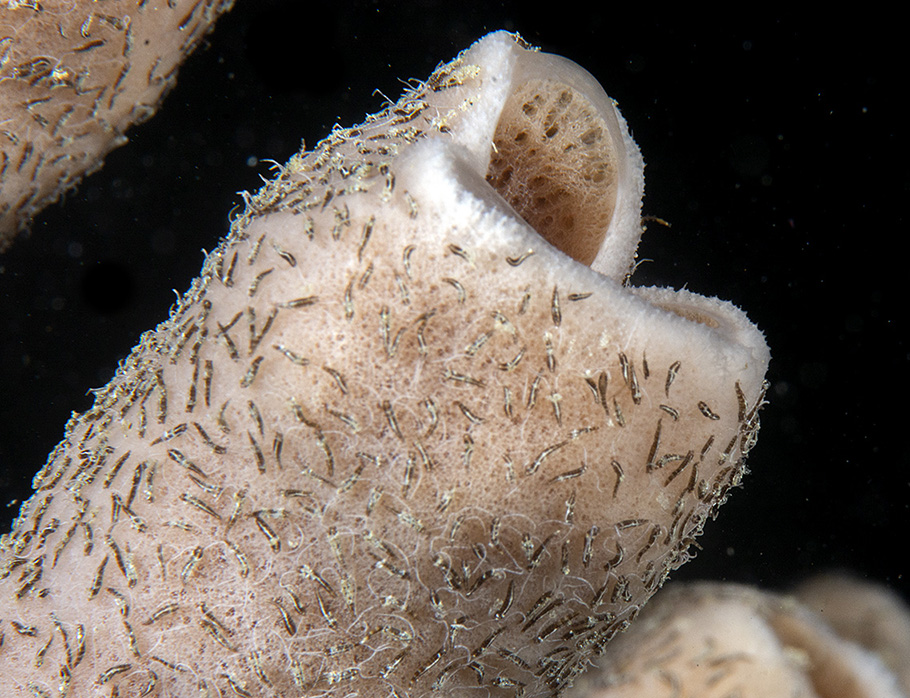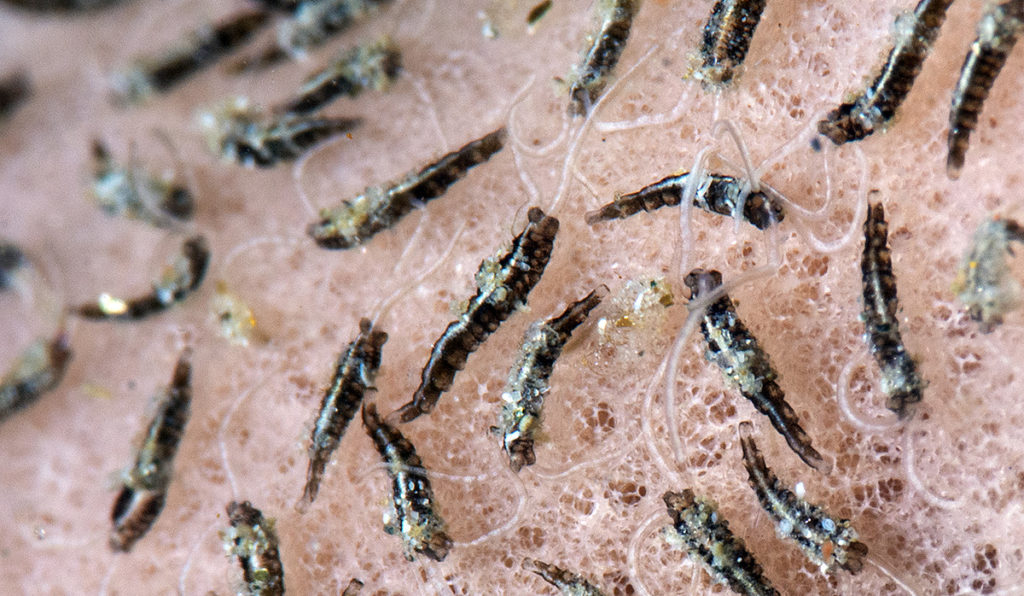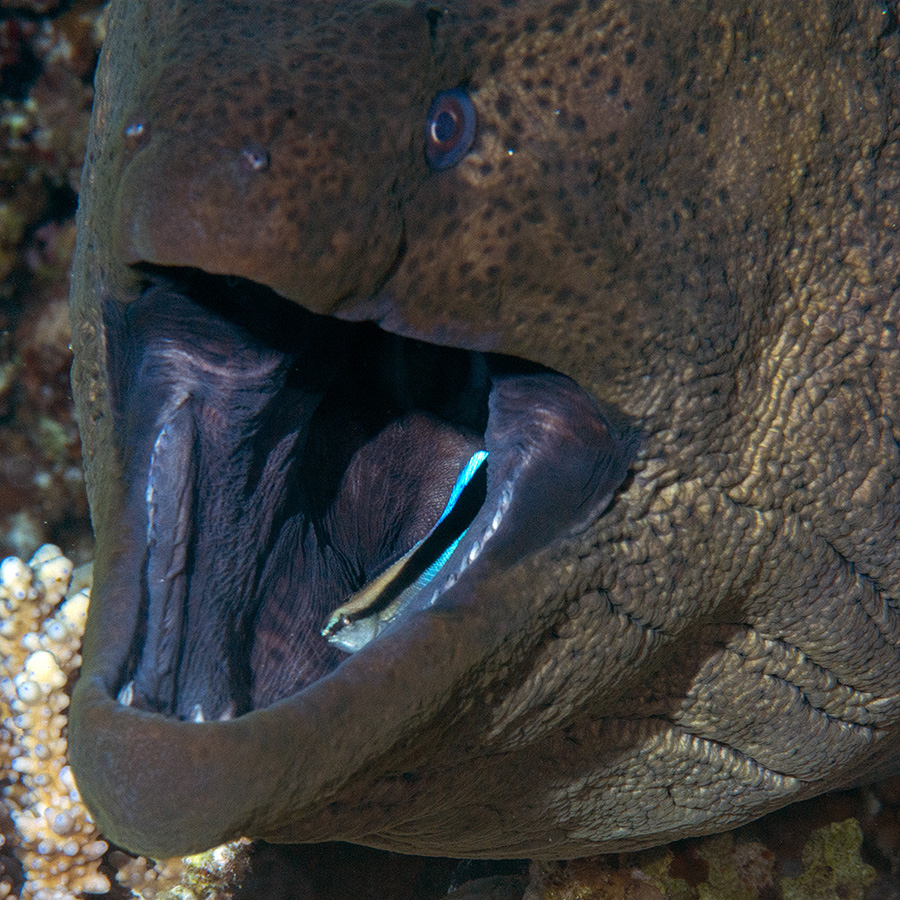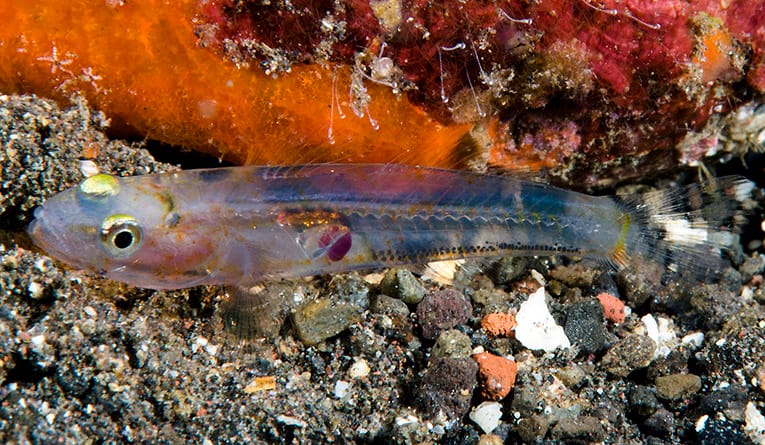
Happy International Women’s Day to all the amazing women divers and underwater photographers! Your courage and artistry illuminate the depths of the oceans. Keep exploring and inspiring.

Happy International Women’s Day to all the amazing women divers and underwater photographers! Your courage and artistry illuminate the depths of the oceans. Keep exploring and inspiring.

For many of us, the Red Sea is the place of our first scuba dives. And the place of the first acquaintance with the world of tropical fish and corals. A world of bright colours and such unusual sea animals that you want to understand what you are looking at.
This is where books come to help us. My first book – of course it was yellow Debelius! Red Sea Reef Guide, to be precise. First published in 1997, this book has only changed its cover since then. And this is my first love in the world of fish identification books. No one has ever asked the question – is this book about the fish of the Red Sea? The answer will be given later.

I soon realised that I was seeing a lot of things underwater that were not in this book. Lieske-Myers arrived on time – Coral Reef Guide Red Sea, much more detailed and comprehensive. But some time passed and I asked myself the same question. Is this book about the fish of the Red Sea?

The answer in both cases is the same and lies on the surface – you should carefully look at the covers and first pages of the books. Both books are about the Red Sea and surrounding seas. And a large proportion of the fish presented in these wonderful books have never been seen in the Red Sea. Gulf of Aden, Somalia, Oman. Not spoiled by the attention of tourists. But they are interesting in terms of marine biology. And the authors’ desire to share with readers photographs of fish from this region is understandable. Let it be towed to the Red Sea. But this sometimes creates funny situations. Like pages where none of the fish are present in the Red Sea – but only experts notice this.
Both of the books mentioned above are great. And with their help it is possible to identify hundreds of species of fish from the Red Sea – 436 in the first and 556 in the second. But the years passed – and then decades. Dozens of new species of Red Sea fish have been described, many have changed their names. I already lived in Sharm el Sheikh in Sinai. And when it became difficult to identify my underwater photographs with old books, I prepared and published Red Sea Marine Life book in 2022. More than 800 species of fish, 260 species of corals. A total of 2120 species, including nudibranchs, crustaceans and others. My friends helped me with photographs of many rare species, but two thirds of the photographs in the book are mine.

My job of identifying my own underwater photos has been made a lot easier! Actually, this is why the book was created, like my other books. The only problem is that I continue to scuba dive in the Red Sea. And while diving I continue to find new interesting fish and other reef animals. Time for an update? But it will be endless! On the other hand – why not?
The material is a subjective opinion and therefore does not contain conclusions. But it contains objective information
Best Regards, Andrey Ryanskiy
The small city of Dahab in southern Sinai is famous for its variety of underwater habitats. Some of them are difficult to find anywhere else. The rounded rocks near the bridge in the middle of town remind me of a couple of dive sites in Anilao. Basura and Mato Point, and it’s not easy to remember the same ones in other places.
Many people, including scuba divers, enter the water every day in this place, next to which there are two diving centers. But no one explores shallow places, less than 2-3 meters deep. Meanwhile, you can find a lot of interesting things there and I will talk about these finds from time to time.

Cirratulids are also called fringed worms because their bodies appear to have a fringe of fine threads along the length. This fringe, in fact, is the gills. Each thread is hollow and is flooded with hemoglobin-bearing blood.
Colonies of Tharyx spp. with a diameter of 12-15 cm, most often found under the edges of stones, 1.5-2 m deep. I used underwater camera with +10 wet lens to make this super-macro shot. To the naked eye, they are tiny underwater creatures with thread-like gills thinner than a human hair.

This is what a larger fragment of a densely populated colony of these underwater creatures looks like. As far as I know, only species of the genus Tharyx of this family drill into calcareous substrates – shells and corals. I have not found any mention of findings of marine worms of this genus in the Red Sea. It is very likely that they have not yet been described by marine biologists.
I thank Dr. Vasily Radashevsky for his help in identifying these strange ocean creatures. More information in my book – The Weird and Wonderful World of Marine Worms
Best, Andrey Ryanskiy

Alicia pretiosa is a species of sea anemone in the family Aliciidae and can be found from the Red Sea and Indian Ocean to Central Pacific. This sea anemone is rare, but can sometimes be seen at night, usually on mixed reef slopes near corals and seagrass. It looks very attractive. But touching its long translucent tentacles is highly not recommended. The tentacles are covered with small tubercles, as can be seen in the picture. These are nematocyst batteries and a powerful sting can kill small prey and stun medium-sized prey.
It is generally believed that such sea anemones feed on zooplankton. But this photo shows that their appetite can cope with an impressive predator – a fireworm!

The sea anemone Alicia pretiosa comes in a variety of colours. This photo was taken in the Philippines.

One of the most beautiful Aeolid nudibranchs feeds on this extremely dangerous sea anemone – meet a brave Limenandra barnosii!

I still have to find a Limenandra barnosi in the Egypt Red Sea, where I live.
More information about nudibranchs you can find in the Nudibranchs of the Coral Triangle book
Best Regards, Andrey Ryanskiy

Have you seen a sponge peppered with small dark dots, as it seems from a distance of 1-2 m? Getting closer we see them moving, then we understand it is a tiny marine life form. And only supermacro lens reveals these creatures in a full glory – Polydorella spionid worms.
Red Sea, Makadi Bay Jetty, depth 3 m
To learn more about The Weird and Wonderful World of Marine Worms
Red Sea Marine Life book


The job of a dentist cleaning teeth only seems dangerous in this case. A moray eel will never offend its Cleaner Wrasse. Cleaner Wrasse eats the parasites in Giant Moray mouth.
Small Gubal Island (Egypt Red Sea) is interesting for its dense fish population. You can meet up to a dozen giant moray eels of decent size during a dive. Someone has to eat all that fish soup! The marine life here is truly amazing. But diving is often affected by strong currents. Especially after the new moon.
Labroides dimidiatus, Common Cleanerfish
Gymnothorax javanicus Giant Moray
More information about the fish of the Red Sea in the new book: Red Sea Marine Life (Amazon paperback)
All formats and marketplaces (Apple, Google, Gumroad)

The beauty and the Beast? World of crustaceans is extremely diverse! Did you know that some Snapping Shrimps can share burrows with Spoon Worms? Alpheus barbatus is one of the most beautiful shrimps. It is a facultative associate with rock-dwelling echiuran (Ikedosoma cf. elegans here)
I found this couple under a rock on the coast of New Caledonia. This was during a marine biological expedition of the Paris Museum of Natural History. I was struck by the beauty of the shrimp. Why be such a beautiful crustacean? Living under a rock with a worm 🙂
You will find more interesting facts and excellent underwater photos in the Coral Reef Crustaceans book. https://reefidbooks.com/shrimps-crabs/


Every diver saw these scallops a lot of times. Some of us even tried to photograph them, fascinated by the row of unusual eyes between the tentacles. Less known it the fact that they help coral host to survive Crown of Thorns predation. Contact by starfish usually caused the scallops to generate repeated powerful jets of water, forcing starfish to move away. Scientists from the University of Queensland (L. M. DeVantier, R. Endean)
“Impact of the jets usually caused starfish to retract the sensory tube feet at the tips of the affected arm, raise the arm, and in most instances move away. However, in several interactions, starfish persisted in moving onto or over the scallop following initiation of the jets. On 2 occasions, this resulted in the starfish being lifted several cm above the coral surface by the continuing jets.”
As you probably already guessed, this clam is also a great subject for photography. More interesting facts and inspiring photos await you in the new book, available as paperback and Ebook.
[gumroad id=”living-shells” type=”embed”]Night dive in the tropical Indo-Pacific – it is always a possibility to find something new and strange. If you dived a lot after sunset you probably noticed strange transparent fishes slowly moving near the soft bottom.

Often the have a row of round dark spots running along the midline

They are hard to notice due to the transparent body and cryptic behaviour and not easy to identify to species. But I can suggest a family name: they are juvenile Lizardfishes, Synodontidae. Look again at the eyes and jaws and you’d recognise them!
Extremely cryptic and always cute, Pygmy Seahorses are very popular among scuba divers and underwater photographers. First of them, Hippocampus bargibanti was described in 1970 and until 2003 remained alone, later accompanied by Hippocampus denise & Hippocampus colemani (2003) Hippocampus pontohi (2008) Hippocampus satomiae & Hippocampus waleananus (2009), all from Western Pacific. Hippocampus japapigu was described from Japan (2018). Finally, 2 days ago (May 19) Hippocampus nalu was described from Sodwana Bay, South Africa. For me, this is the day of victory for underwater photographers and citizen science.

The Sodwana pygmy seahorse was described by Drs. Louw Claassens and Richard Smith. But it was actually discovered three years before, when a local dive guide Savannah Olivier found and photographed this tiny creature. Dr Louw Claassens and Dr Dave Harasti arrived in Sodwana in 2018 looking for an entirely different animals. We can just imagine how shocked they were after dive guide demonstrated a photo of local pygmy seahorse! Definitely undescribed one, found 8000 miles away from other members of the group!
If you photographed pygmy seahorses you know it is far from easy! Sodwana Bay reefs are exposed to waves action and conditions for underwater macro photography are challenging. Congratulations to scientists and Savannah Nalu Olivier, Instructor and Dive Master, Pisces Diving, Sodwana. Great job!
Pygmy Sea Horses: more information and photos: Reef Fishes of the Coral Triangle